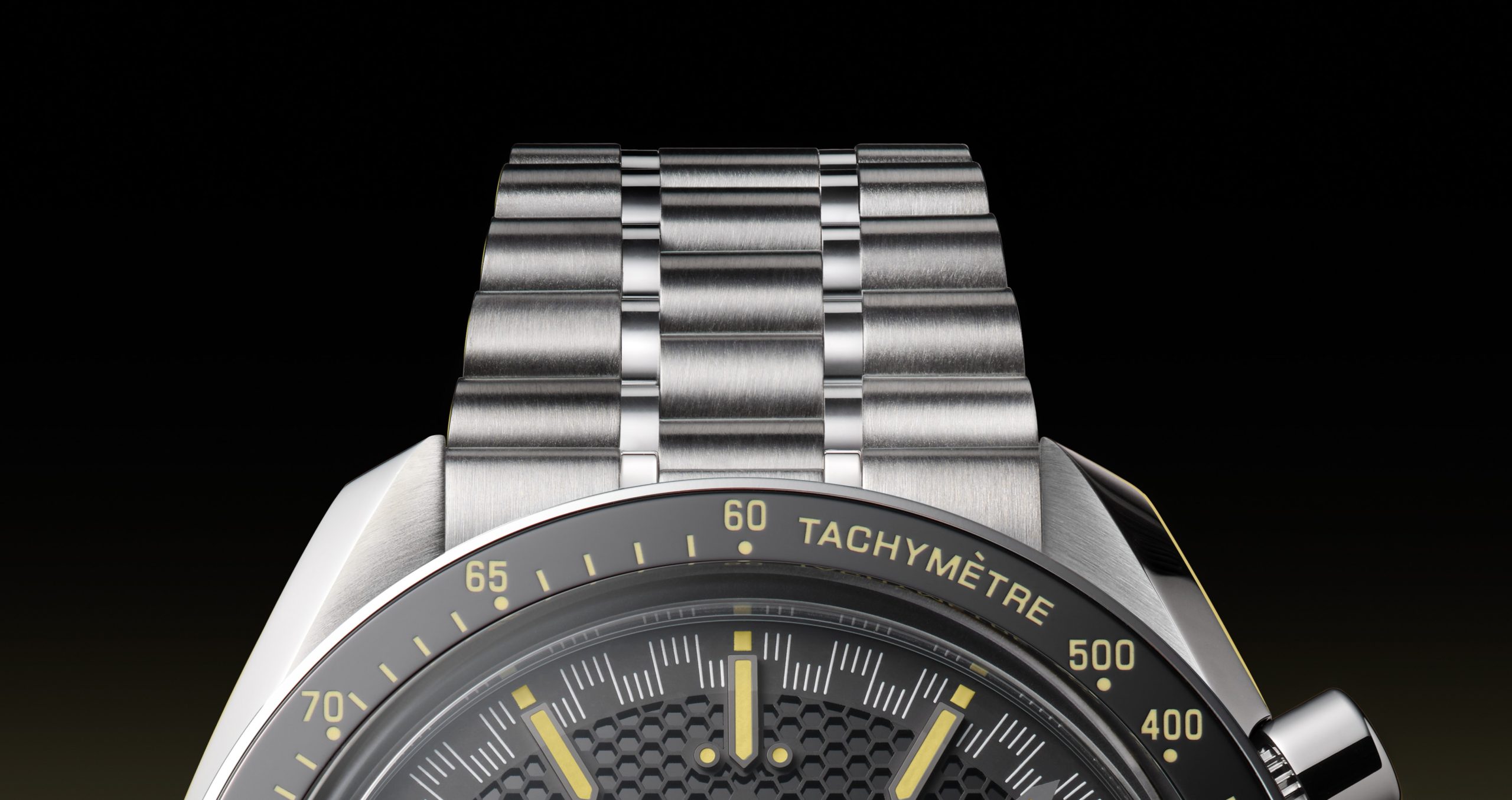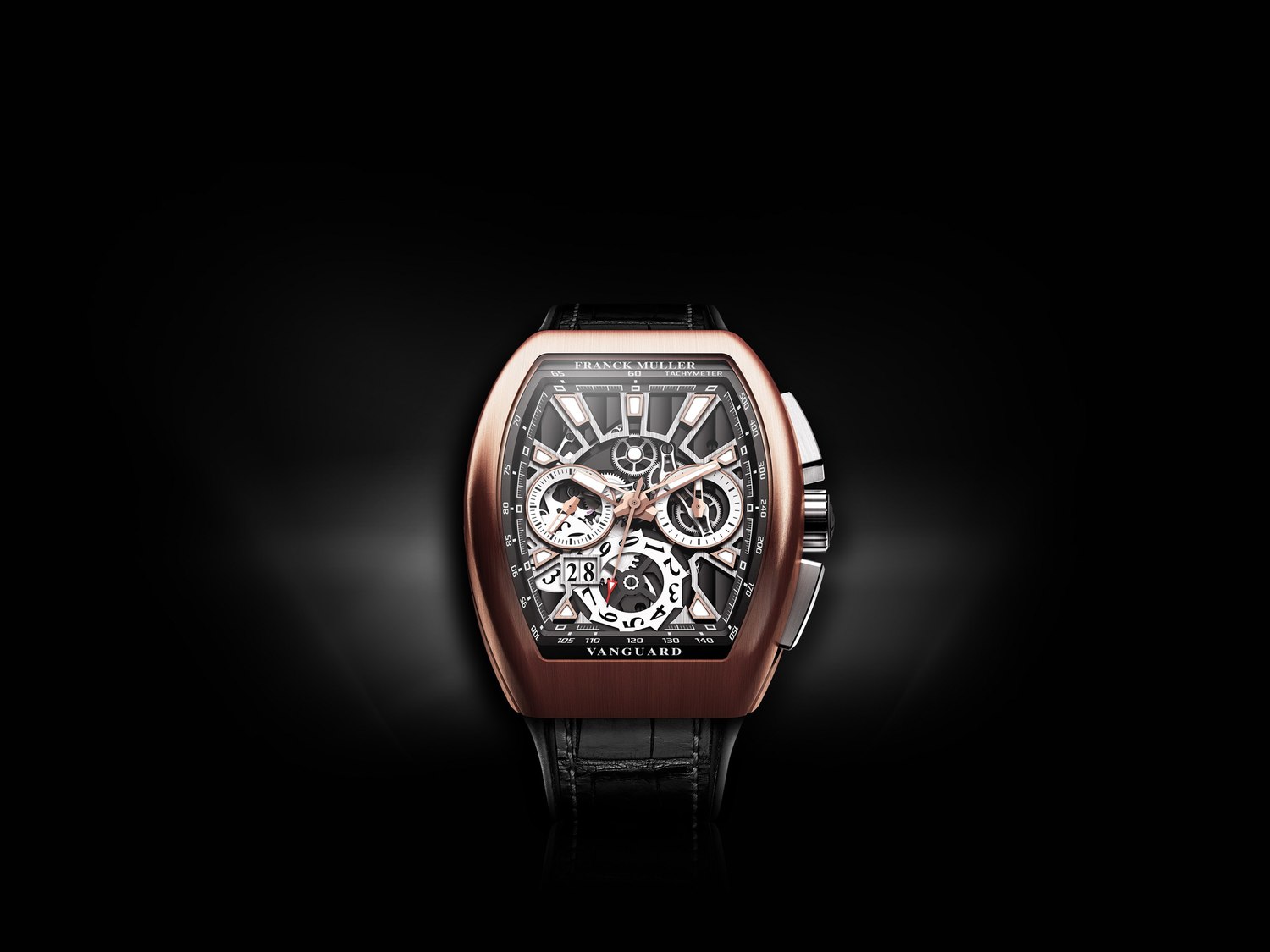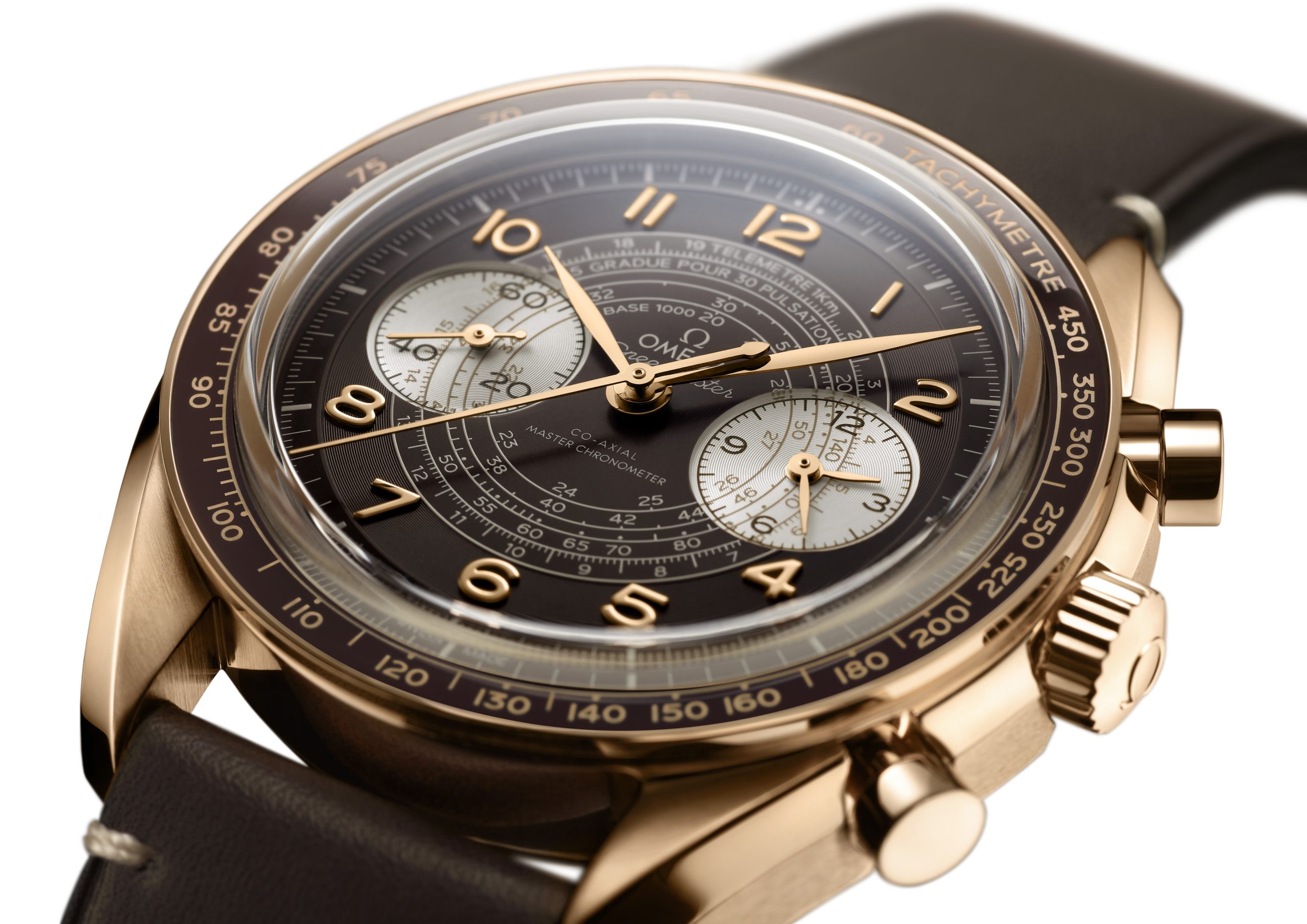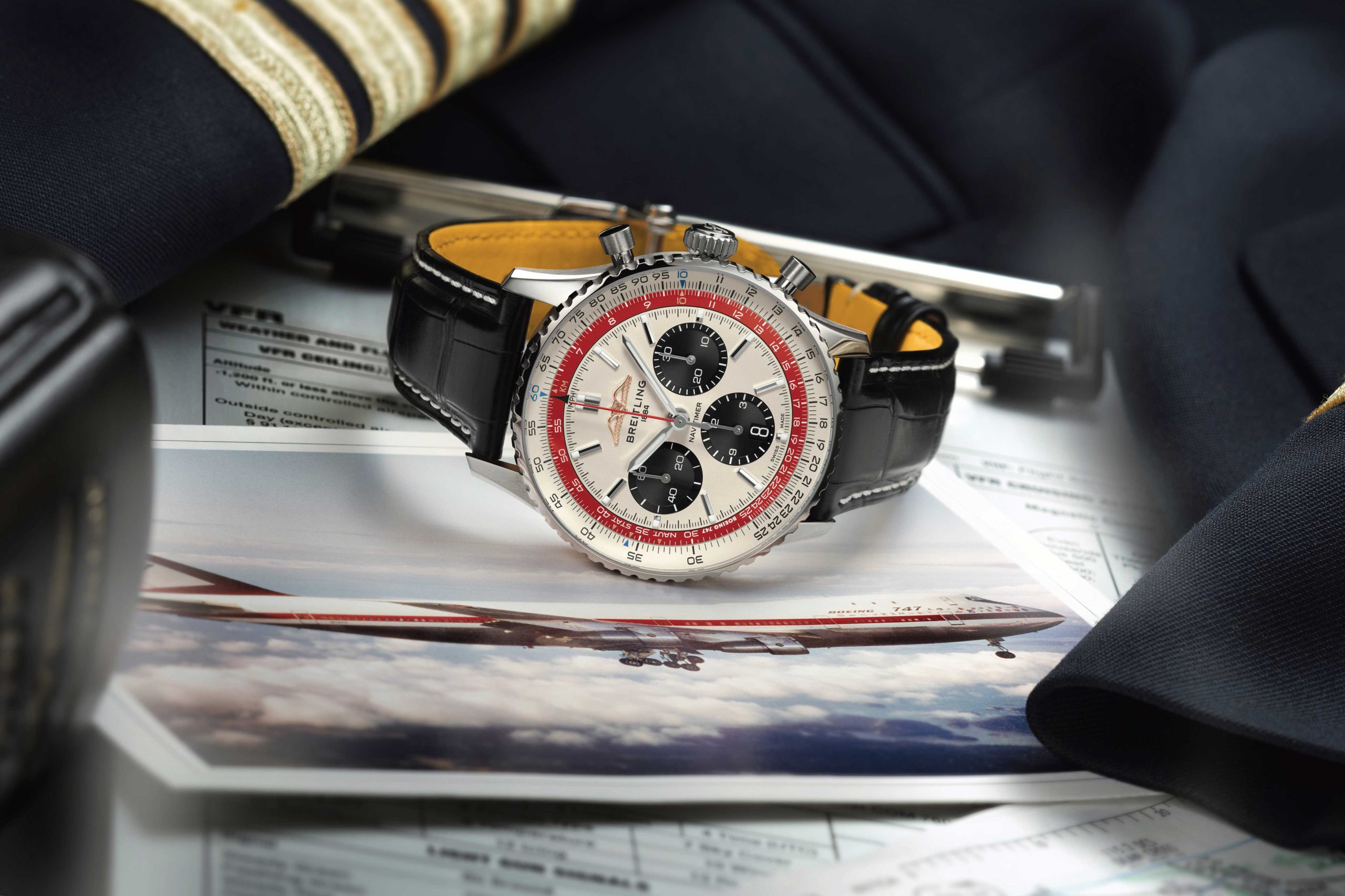
Much like music, wristwatches can be demarcated into many subcategories. The criteria can be set based on functions, specifications, aesthetics, and so on. One umbrella term often used is tool watches. What is a tool watch? Broadly speaking, it serves a function that is supposed to make it pragmatic, such that it can be used for a specific purpose. Examples of tool watches are dive watches, pilot watches, chronographs, and the likes.
As you can see from these self-evident names in how the watches are grouped, they fulfil a certain role. How they come to be is by design. Dive watches are typically fitted with a diving scale either as a unidirectional rotating bezel or as an inner rotating flange. Pilot watches are distinctive for the large, legible numerical hour markers to enable an effortless and accurate reading of the time while the pilot vision is trained on the horizon.
Then, there is the curious case of chronographs. A chronograph is a watch that combines the complication of a stopwatch with traditional timekeeping. However, that may be where the similarity between two chronographs ends. And that is because a stopwatch can be used to time events beyond vehicles or people racing each other. In fact, the very scale paired to the chronograph, which can be crafted onto the bezel or the dial, can vary between models. The prerogative rests with watchmakers and what they intend to accomplish. The inclusion of a scale is to measure speed, but the speed of what? That is the million-dollar question.
From the prevalent tachymeter scale to the lesser-spotted slide rule, allow us to explain the purpose and how to use the respective scale.
What is a tachymeter and how to use it?

Franck Muller’s Vanguard Grande Date features a distinctive tonneau-shape tachymeter, in lieu of a traditional rounded shape
A tachymeter can be used for measuring the approximate speed of an object or subject moving across a known distance. It could be a runner sprinting at speed or more commonly an accelerating vehicle. It is therefore sensible to have chronographs, which are often associated with prestigious race drivers, car brands and racing teams, to have an inscribed tachymeter.
In essence, the tachymetre facilitates the conversion of elapsed time in seconds to speed, for an event lasting up to 60 seconds, or a minute, long. In simple language, it measures the average speed it takes for (say) a vehicle to traverse a kilometre, within that 60-second time frame.
When the vehicle begins moving from point A, start the chronograph, then stop the watch when the vehicle has completed the kilometre at point B. Where the chronograph central seconds hand stops and where it points, it corresponds with the value inscribed on the scale, and that is the average speed. For example, if a vehicle takes 45 seconds to complete a kilometre and the hand points to 80, it means the vehicle travels at an average speed of 80 kilometres per hour.
The values on the tachymeter represent the unit of speed, which can be interpreted freely, such as metres per hour, kilometres per hour, miles per hour, knots per hour and so on. Likewise, if a vehicle takes 45 seconds to complete a mile and the hand points to 80, it means the vehicle travels at an average speed of 80 miles per hour.
A tachymeter can also be useful in track and field. If a sprinter completes his 200-metre event in 20 seconds and the seconds hand points to 180, it means that he runs at an average speed of 36 kilometres an hour, with 180 divided by 5 as 200 metres is one-fifth of a kilometre.
Examples of tachymetre-equipped chronographs include Blancpain Air Command, Breitling Top Time, Chopard Alpine Eagle XL Chrono, Franck Muller Vanguard Grande Date, H. Moser & Cie. Streamliner Flyback Chronograph, TAG Heuer Carrera, and Zenith Chronomaster.
What is a telemeter and how to use it?

Singer Reimagined Flytrack Telemeter SR103 combines an exclusive convertible flyback sweep seconds hand with telemeter
While a tachymeter measures the average speed of a moving vehicle, a telemeter has a markedly different function – it measures the distance between you and the target. A telemeter is especially useful during heavy thunderstorms, where it can measure the distance between you and the lightning based on the difference in time between you seeing the flashing bolt in the sky and hearing the rumble of a thunder.
Start the chronograph immediately upon seeing a lightning, and when you stop it once you hear the thunder, the central chronograph seconds hand will point to the numeral inscribed on the telemeter scale. The corresponding value, typically expressed in kilometres, represents the distance between you and the lightning.
Examples of telemeter-equipped chronographs include Bell & Ross BR 03-94 Multimeter, Montblanc 1858 Monopusher Chronograph Limited Edition, OMEGA Speedmaster Chronoscope, and Singer Reimagined Flytrack Telemeter SR103.
What is a pulsometer and how to use it?

Omega Speedmaster Chronoscope Co-Axial Master Chronometer Chronograph is arrayed with tachymeter, telemeter and pulsometer
Colloquially called a doctor’s watch, a chronograph arrayed with a pulsometer is seldom seen. There are also the rare instances where a chronograph is blessed with all three scales, namely tachymeter, telemeter and pulsometer. The benefit of a pulsometer is that it negates the need of counting all pulses to a full minute to obtain the pulse rate, by extrapolating the information from measuring an approximate pulse rate in a shorter time frame. The number of required pulses is normally inscribed on the scale, with 15 or 30 being the norm.
Hit the chronograph to begin counting pulses, and then stop the chronograph once the number of required pulses is reached. The central chronograph seconds hand will point to the value, which corresponds with the pulse rate. For example, if it takes 15 pulses for the hand to travel to 80, it means that the pulse rate per minute is approximately 80.
Examples of telemeter-equipped chronographs include Blancpain Villeret Chronographe Flyback Pulsomètre, Montblanc Heritage Spirit Pulsograph, OMEGA Speedmaster “CK2998” Limited Edition, Singer Flytrack Pulsometer SR102, and TAG Heuer Monza Flyback Chronometer.
What is a slide rule and how to use it?

Breitling Navitimer B01 Chronograph 43 Boeing 747 is inspired by the queen of the skies.
For the uninitiated, a slide rule may take a while to comprehend, though once understood, it is as useful as a mini calculator. The slide rule was originally in a linear form, but it was soon adapted into a circular format. And Willy Breitling had the prescience to introduce a variation of the circular slide rule into his Chronomat timepieces as early as the 1940s, and later, the Navitimer collection in the 1950s. Although Breitling isn’t the only watch brand to make use of the slide rule, it is by far the most prolific.
Breitling favoured the slide rule as an in-flight “navigation computer”, for pilots to work out fuel consumption, airspeed, time, distance, and convert miles to kilometres, since it was inscribed in a trident of most-important units to pilots: STAT for standard mileage, KM for kilometres and NAUT for nautical miles. Today, the slide rule comprises two logarithmic scales to aid in multiplications and divisions. The inner scale is fixed, while the second scale, an outer scale, is rotational and affixed to a bidirectional bezel.
To multiply, look for the value 10 on the ring as the reference point. For example: To multiply 15 with 8, rotate and align the value 15 on the outer scale to the value 10 on the inner scale. Then, read off the corresponding value or marker on the outer scale aligned with the value 8 on the inner scale. It should read 12, which in this case is actually 120. Another example: To multiply 12 with 7, rotate and align the value 12 on the outer scale to the value 10 on the inner scale. Then, read off the corresponding value or marker on the outer scale aligned with the value 7 on the inner scale. It should point to the marker that indicates 84.
To divide, the process is reversed. For example: 720 divided by 9. Set the value or marker 72 on the outer scale to align with 9 on the inner scale. The result can be read off the value on the outer scale that corresponds with 10 on the inner scale, which should be 80.
Meanwhile, to convert distances from kilometres to miles, line up the number of miles or kilometres with the indication for that unit, and the equivalent in the other units automatically aligns with the corresponding unit. For example: when 40 on the outer scale is aligned with the KM marker in red, the conversion of 40 kilometres in nautical miles and standard miles can be read off the values corresponding with the two indicators showing NAUT and STAT, which are approximated to 21.6 nautical miles and 25 miles. To convert from miles to kilometres, align the value of miles with STAT, and the value corresponding with KM represents the kilometres.
Putting the slide rule in an aeronautical context, we can use the total fuel required for a flight as an example. If a pilot knows that the hourly fuel consumption is 35 litres, and the duration of the flight is 240 minutes, all he has to do is to align the value of 35 on the outer scale to the top of the hour, at 12 o’clock, the value at 24, denoting 240 minutes, will correspond with 14 on the outer scale, representing 140 litres of total fuel needed.
Other complex calculations can be performed using the ingenious slide rule, including the distance or rate of climb or descent of an aeroplane, currency exchange, and temperature conversion.
Examples of slide rule-equipped chronographs include Breitling Navitimer B01 Chronograph 41 and Breitling Navitimer B01 Chronograph 43 Boeing 747.











